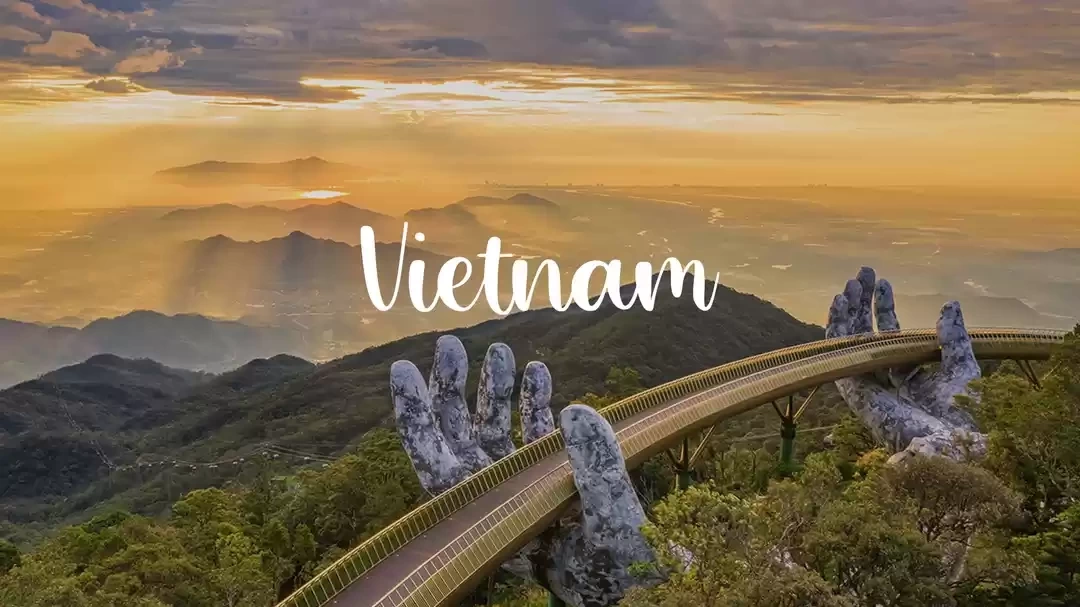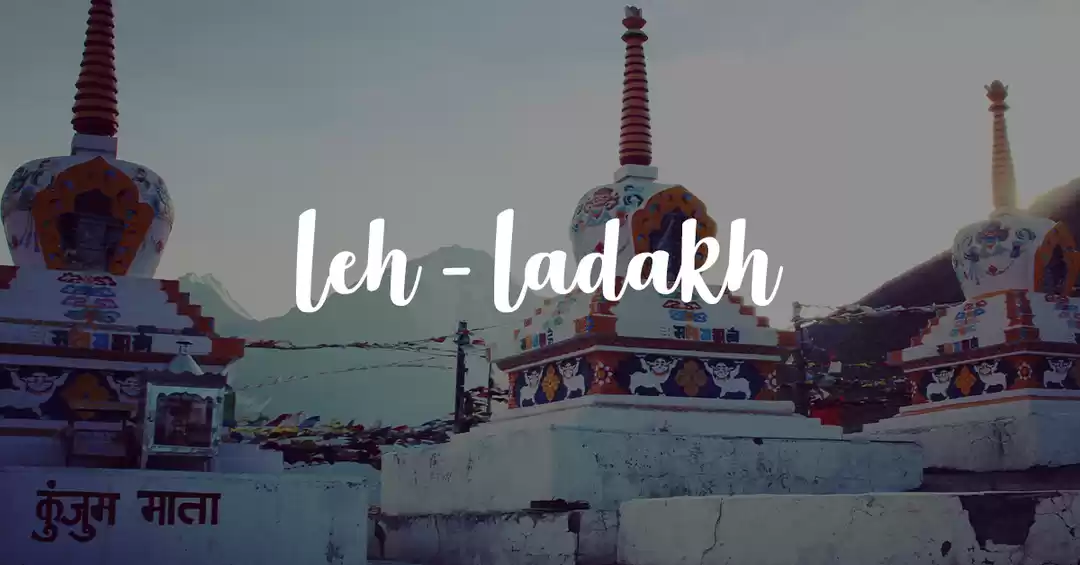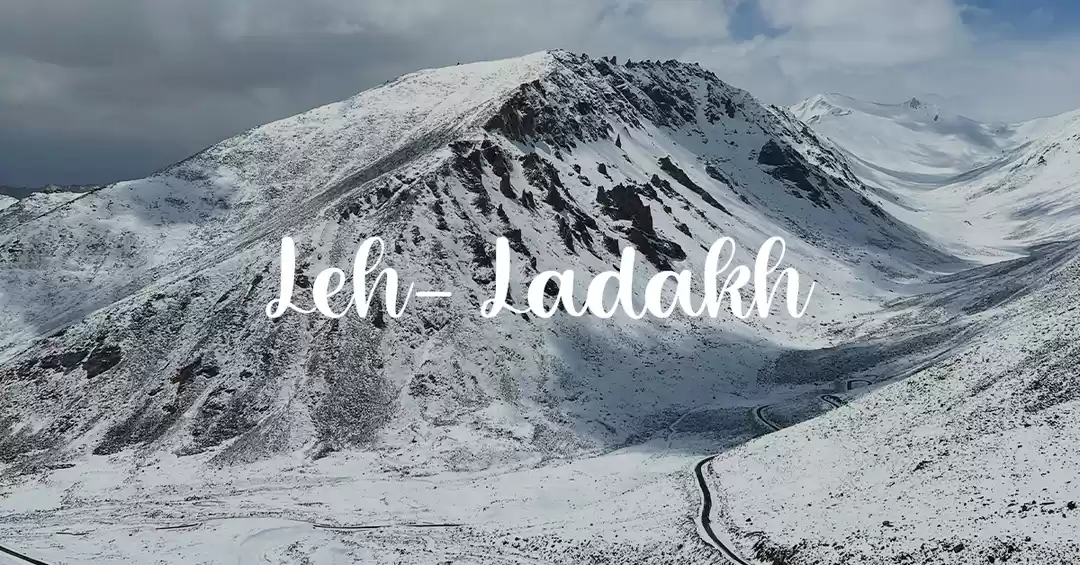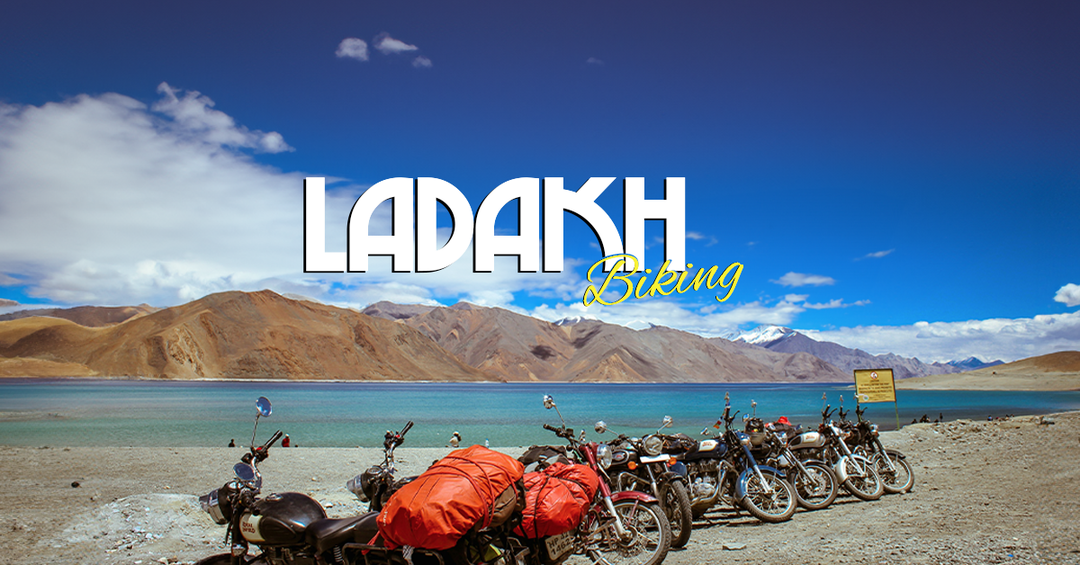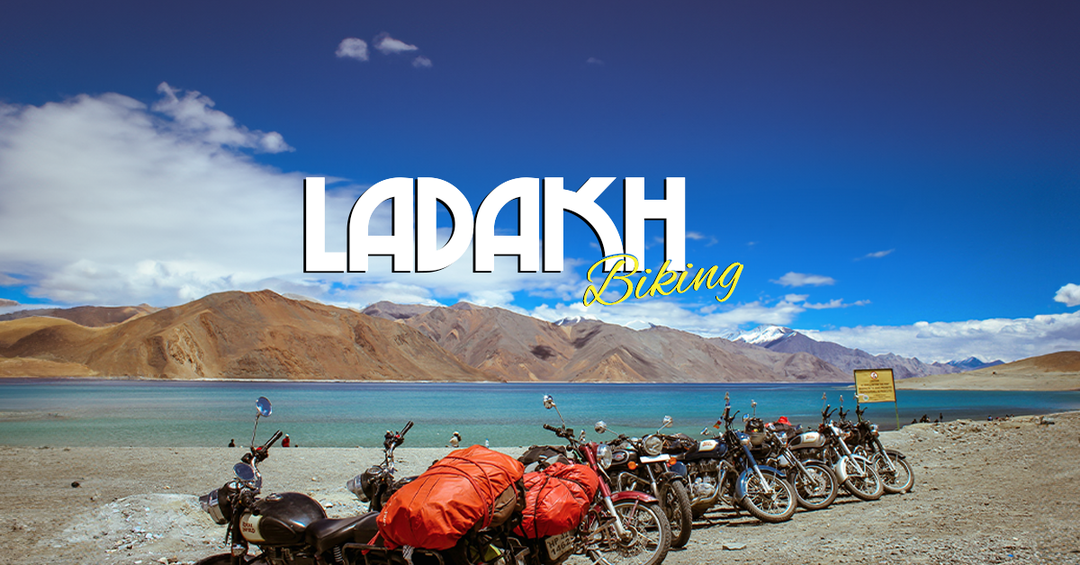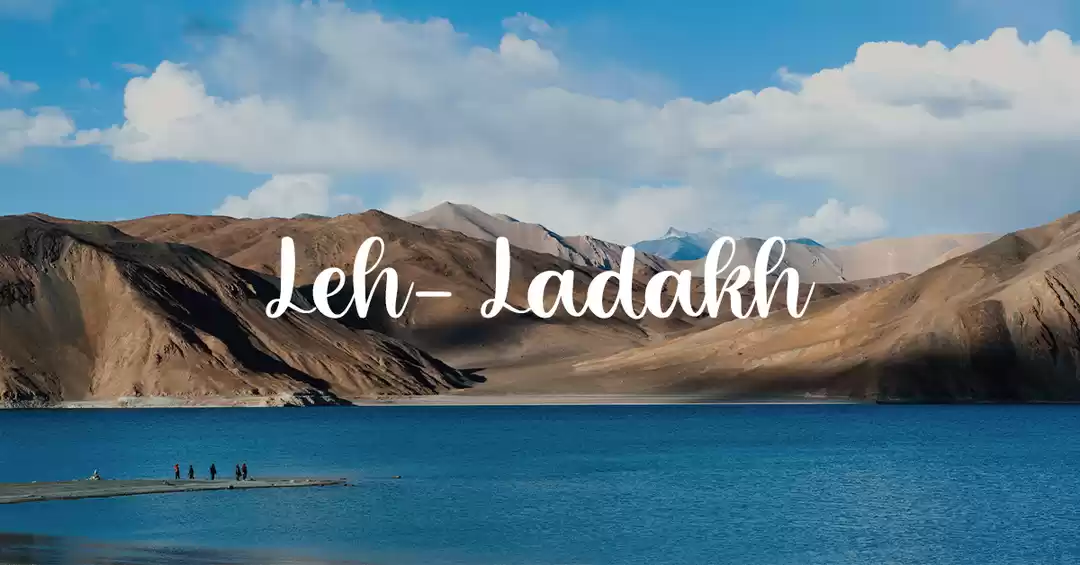The sacred river Ganga, exerts a magnetic pull on all Hindus, where to die and to be cremated is to be granted Moksha. It is also believed that if they are cremated at the bank of river Ganga, and by laying ashes in the water, their soul will be released from the cycle of rebirth and will attain Paradise or Nirvana.

According to the Puranas, through the first Veda – The Rig Veda, Ganga, Saraswat and the Indus river were considered as holiest and in the last three Vedas – Yajur, Sam and Atharva, Ganga is considered as sacred of all, one that bestows blessings of the highest order.
Ganges is considered as a tirtha which means a crossing point between heaven and earth. As per the sacred texts, the origin of river Ganga comes with a mythical story.
Long-time ago there lived a King named Sagara, ruling the kingdom of Ayodhya. He lived with his two wives – Kesani and wife Sumati along with 60,000 sons. The sons were known for their wicked nature and were very cruel on the people living in the kingdom. As time passed, the King turned very powerful with his ginormous empire, in order to mark his territory and to show ‘who the real king is’ King Sagara wanted to perform the ‘Ashvamedha Yagya’ – (Sacrifice of a horse). To do so one of the most powerful horse was selected amongst the herd and was left free to graze wherever he wanted into king’s territory. The one who stops the horse has to face king’s authority which merely lead to death.
Gods from the heaven were not very happy with cruelty of king’s 60,000 sons and hence God Indra- King of all God came down on earth disguised as a demon to steal the horse, hiding him under a banyan tree where Vedic sage Kapila Muni meditated.
Being very frantic, the king ordered his 60,000 sons to find the horse. After a prolonged search, the boys finally found the horse across sage – Kapila Muni, unaware of the real thief, they ran gushingly towards the sage to kill him. Distraught in the meditation, sage opens his eyes with his fierce sight, the aggrieved glare turned all the 60,000 sons into heaps of ashes. The king apologizing to the sage, asked for a solution, as to forgive the cruel sins of his sons and to send them to heaven. Sage responded that one has to pray earnestly to Vishnu and perform ascetic acts for a thousand years and later wash these ashes into the pure waters of Goddess Ganga. But for this, she has to be brought down on earth first.

Even after the completion of the Ashvamedha Yagya, nor the King or his grandsons were able to get Goddess Ganga on earth. Except one, the grandson of wife Sumati - King Bhagiratha. The brave king majorly upset with the unfinished task of the ancestral ashes, he left his entire kingdom behind and went to Himalayas to pray and to do penance.
The great gods, gratified by Bhagiratha's piety and devotion granted his wishes but they added, if Ganga merely dropped from heaven, her swirling waters would do untold damage on earth. Hence Lord Shiva offered his hair where goddess Ganga gently dropped on the head of Lord Shiva and trickled down through his tangled locks. In order to safely arrive on earth, the water of Ganga was divided into 7 streams which flow 3 towards the east and 3 on the west.

One of the streams followed the chariot of Bhagiratha by successfully washing away the ashes of Sagara's ancestors in her sacred waters. It is said that the stream that flowed along Bhagiratha was so beautiful that the entire heaven descended on earth to witness it. Thus, the Ganges is considered as a ‘tirtha sthan ‘which means a crossing point between heaven and earth, where prayers and offerings are most likely to reach the gods and blessings can descend most readily from heaven.

The river Ganga flows 2,700 km from the Himalaya mountains to the Bay of Bengal in northern India and Bangladesh. The Sparkling water of Ganges first emerges with into sunlight from Gaumukh – a remote glacier in the foothills of Himalayas. The river that flows in the Garhwal Himalaya is called as the holiest river- Bhagiratha. The tributaries of Bhagiratha meets with the calm river Alaknanda to form the real Ganges. Sedately flowing the river meets its first holy pilgrimage centre Haridwar – amongst one of the four venues of Kumbha Mela. From Haridwar the river continues its journey east to Allahabad where it joins river Yamanu and Saraswati, the meeting of 3 rivers, calling it Triveni Sangama. Forming the Kumbha mela, 2000 years old spiritual festival which is considered as world’s largest human gathering. Over a three-month period, an estimated 100 million people attends the festival.

The dates of the Kumbh Mela are based on astrology, which dictates when the waters of the sacred rivers will turn into nectar. It is believed that this nectar can turn mortals into immortals, and legend says that drops of immortal nectar fell onto this spot at the Triveni Sangam during a mythological battle between gods and demons. This is the reason the Triveni Sangam is considered to be so holy.
Later the river start starts flowing towards Varanasi (Banaras), the holiest city on the Ganga and the oldest in India. The place where Goddess Ganga releases the human soul from the weary wheel of Life. – The endless cycle of birth and death. Each morning and dawn, thousands of devotee’s flocks to the river bank and perform their rituals with a hope that by drinking its water and bathing in it will wash away their sins. Pilgrims, some sick and dying make long arduous journey to the Ganges with the belief in the water’s purifying properties.
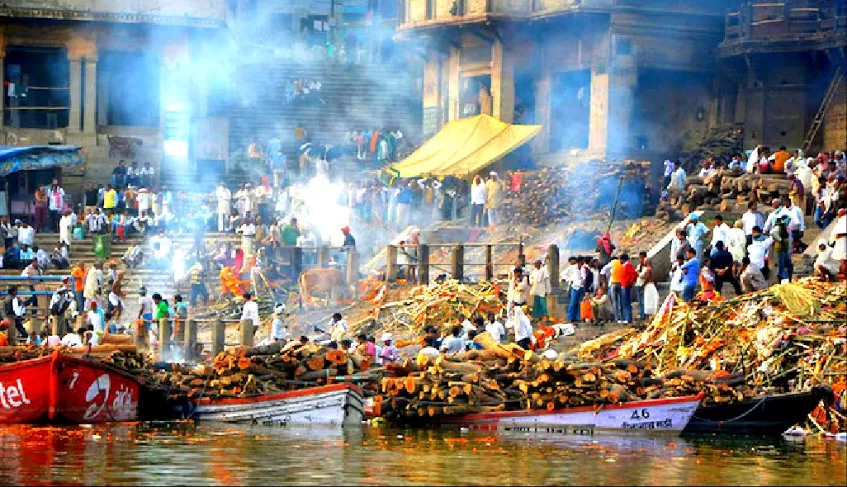
Just below Patna, the river turns southwards where it changes it name to Bhagirathi and the eastern branches still calls it Ganges flows out towards Bangladesh. By the time it reaches towards its western side the river changes its name to Hoogli river locally called as Katti- Ganga flow towards India’s largest city Kolkata. From ancient times, the Hooghly river has attracted people for sacred reasons. Place where goddess Durga is returned to the river to mark the end of Durga Pooja.

Finally, the mighty waterways descended from the peaks of heavenly Himalayas, reaches the Bay of Bengal where it disappears into many mouths of the Swampy Sundarbans.
Certainly, the holy water of Ganges offers the chance to attain eternal bliss.







